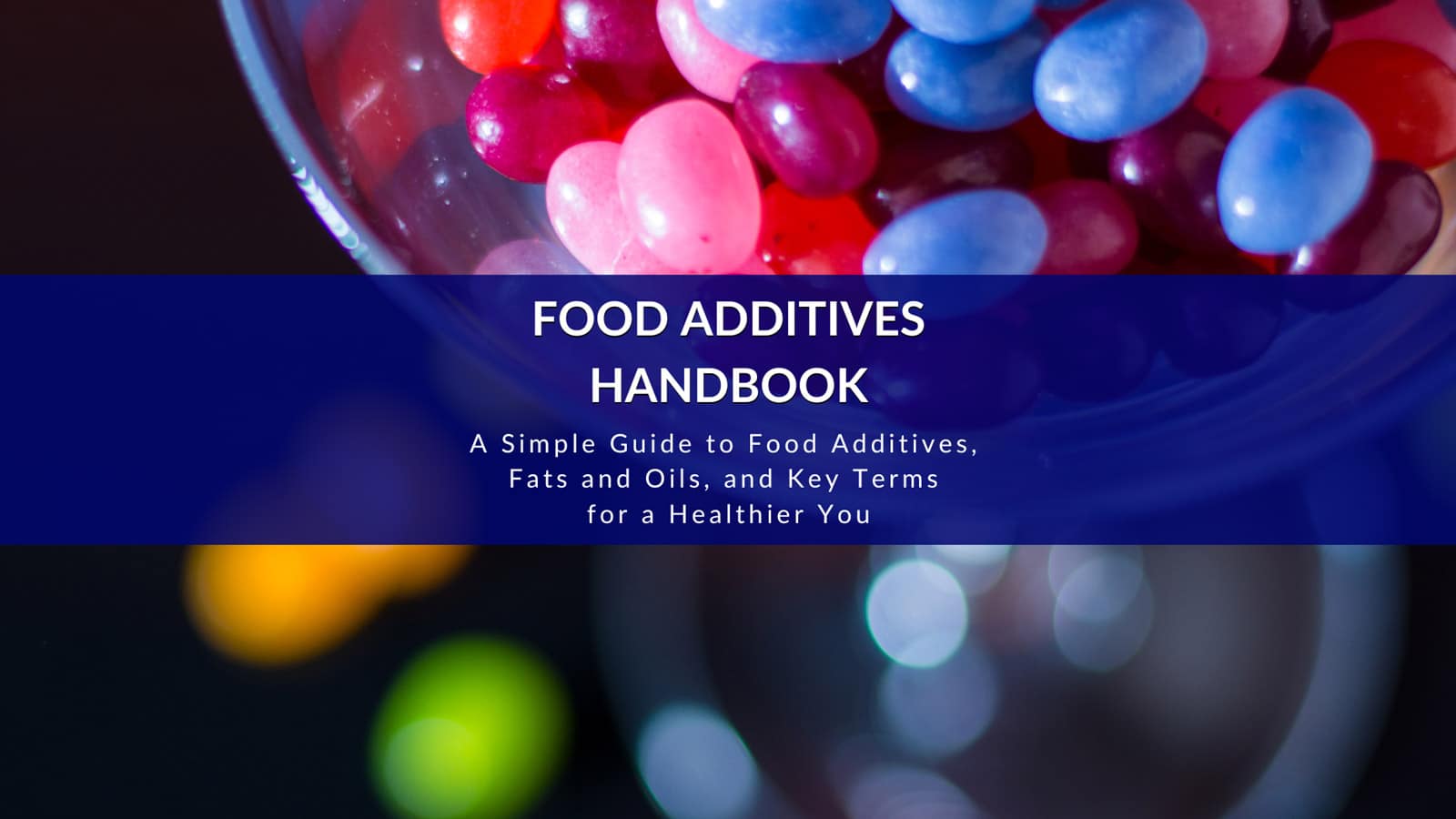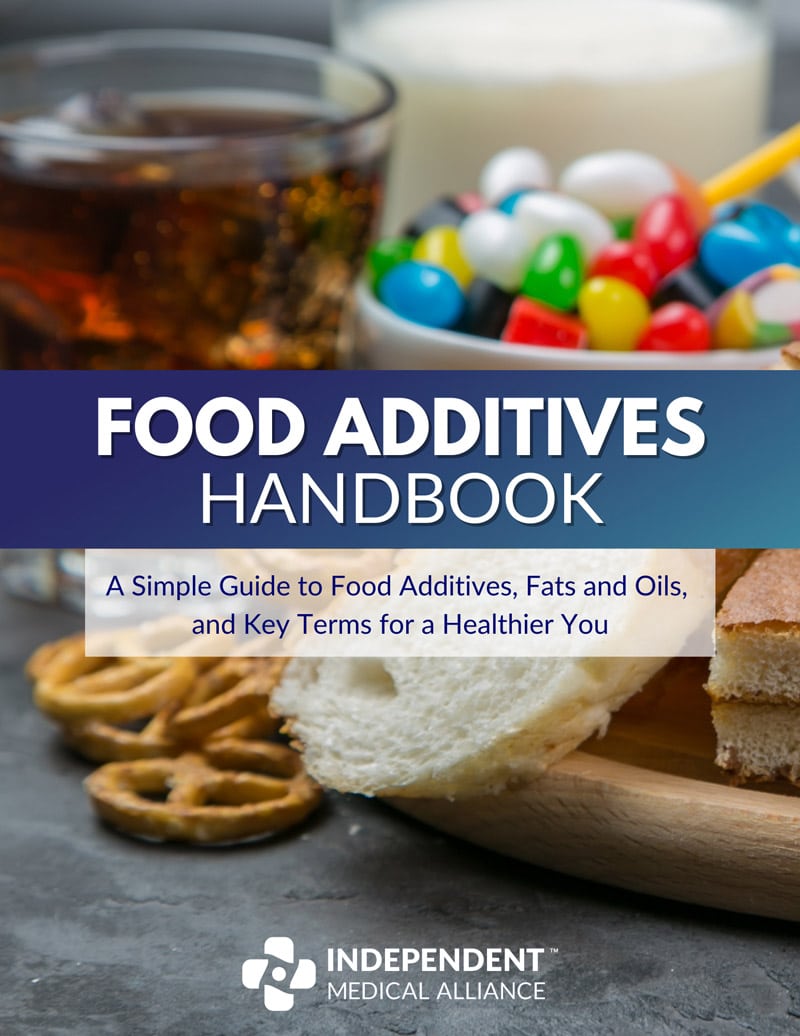Learn how to spot harmful additives, choose healthy oils, decode food labels, and shop smarter with this quick guide to better grocery decisions.

We all want to make healthier choices—but it’s hard when you need a chemistry degree to understand the ingredient list on your groceries. That’s why IMA Senior Fellow Dr. Kristina Carman created this simple, practical guide to food additives, fats and oils, nutrition labels, and buzzwords used in marketing meat, dairy, and eggs.
This guide is one of several initiatives aligned with the MAHA movement led by RFK Jr. as Secretary of Health and Human Services, as momentum builds toward cleaner, more transparent food systems. As part of this effort, IMA is actively advocating for the removal of needless toxins from our food supply—because we believe your grocery list shouldn’t be a source of chronic harm. Until that becomes reality, we created this guide to help you make informed decisions with ease.
Whether you’re navigating the cereal aisle, comparing oils, or wondering what “pasture-raised” actually means, this guide will help you shop with clarity—not confusion.
Food Additives to Watch
This section outlines dozens of food additives, what they’re made from, where they’re found, and why some are worth avoiding. It also includes a color-coded concern rating system:
- 🟥 Significant concern – reduce at all cost
- 🟧 Moderate concern – reduce when possible
- 🟩 Minimal concern – may only affect sensitive individuals
Common additives of concern:
- MSG (monosodium glutamate): Triggers neurological symptoms for some.
- Artificial colors (Red 40, Yellow 5, etc): Linked to allergies, hyperactivity, and cancer.
- Sodium nitrite: Preserves processed meats, converts to carcinogenic nitrosamines.
- Artificial sweeteners (sucralose, aspartame): Promote blood sugar imbalance, cravings, and digestion issues.
- Carrageenan: Used in nut milks, may promote gut inflammation.
- Hydrogenated oils (trans fats): Known to promote cardiovascular disease.
- Titanium dioxide: Used for whitening, banned in the EU for potential carcinogenic effects.
- Polysorbate 80, BHA/BHT, potassium bromate: Synthetic preservatives with links to hormone disruption and cancer.
Fats and Oils: Which to Choose and Which to Skip
This section categorizes oils based on safety and heat tolerance.
🔥 Safe to heat:
- Coconut oil, ghee, butter, red palm oil
- Animal fats like duck fat, beef tallow, lamb tallow
🌿 Moderate heat (best quality only):
- Olive oil, avocado oil, sesame oil, macadamia oil
❄️ Do not heat (protect fragility):
- Flaxseed oil, hemp oil, walnut oil, pumpkin seed oil
🚫 Avoid entirely:
- Canola, corn, soy, safflower, sunflower, hydrogenated oils – These are highly processed, often rancid, and linked to inflammation and heart disease.

Decoding Animal Product Labels
Marketing buzzwords on meat, dairy, and eggs can be misleading. This section explains the real meaning behind these common terms:
- Conventional: Grain-fed, industrially raised animals, often with antibiotic/hormone use.
- Organic: Animals are fed organic grain, no antibiotics or hormones.
- Cage-Free / Free-Range / Pasture-Raised: Increasing degrees of animal welfare and space—but labels can be vague or inconsistent.
- Grass-Fed vs Grass-Finished: Grass-fed may still be grain-finished; 100% grass-fed animals eat only grass their whole lives.
- Regenerative / Biodynamic: Practices support soil health and sustainability, but implementation varies widely.
✨ Pro tip: If possible, buy directly from farmers who are transparent about their practices.
How to Prep Produce for Maximum Nutrition
Not all cooking methods are created equal. This section offers smart prep tips to retain nutrients, boost absorption, and lower toxins.
Best eaten fresh:
- Cruciferous veggies (broccoli, kale)
- Lettuce and leafy greens
- Citrus, apples, berries
Best lightly cooked:
- Spinach (light steam reduces oxalates)
- Carrots (roasting enhances carotenoids)
- Beets & sweet potatoes (skin is nutrient-rich)
- Tomatoes (cooking boosts lycopene)
Best with special prep:
- Garlic (crush and let sit to activate allicin)
- Onions (cooking boosts quercetin)
- Potatoes (cook and cool to lower glycemic impact)
- Grains, beans, and lentils (soak or sprout to enhance digestibility)

How to Read a Nutrition Label (Without Getting Tricked)
Food labels can be deceptive. This section teaches you to:
- Start with the ingredients list: if you don’t recognize it, your body won’t either.
- Prioritize products with fewer than six ingredients.
- Watch for added sugars disguised under multiple names.
- Don’t be fooled by vague terms like “natural flavors” or “spices.”
- Remember: cholesterol, fat, sodium, and calories all depend on quality and context—not just numbers.
Final Thoughts
This guide won’t just make you a better shopper—it’ll help you become a more confident, informed eater. If you’ve ever looked at a label and felt overwhelmed, this is your go-to tool to cut through the confusion, avoid the worst offenders, and support your health from the inside out.




